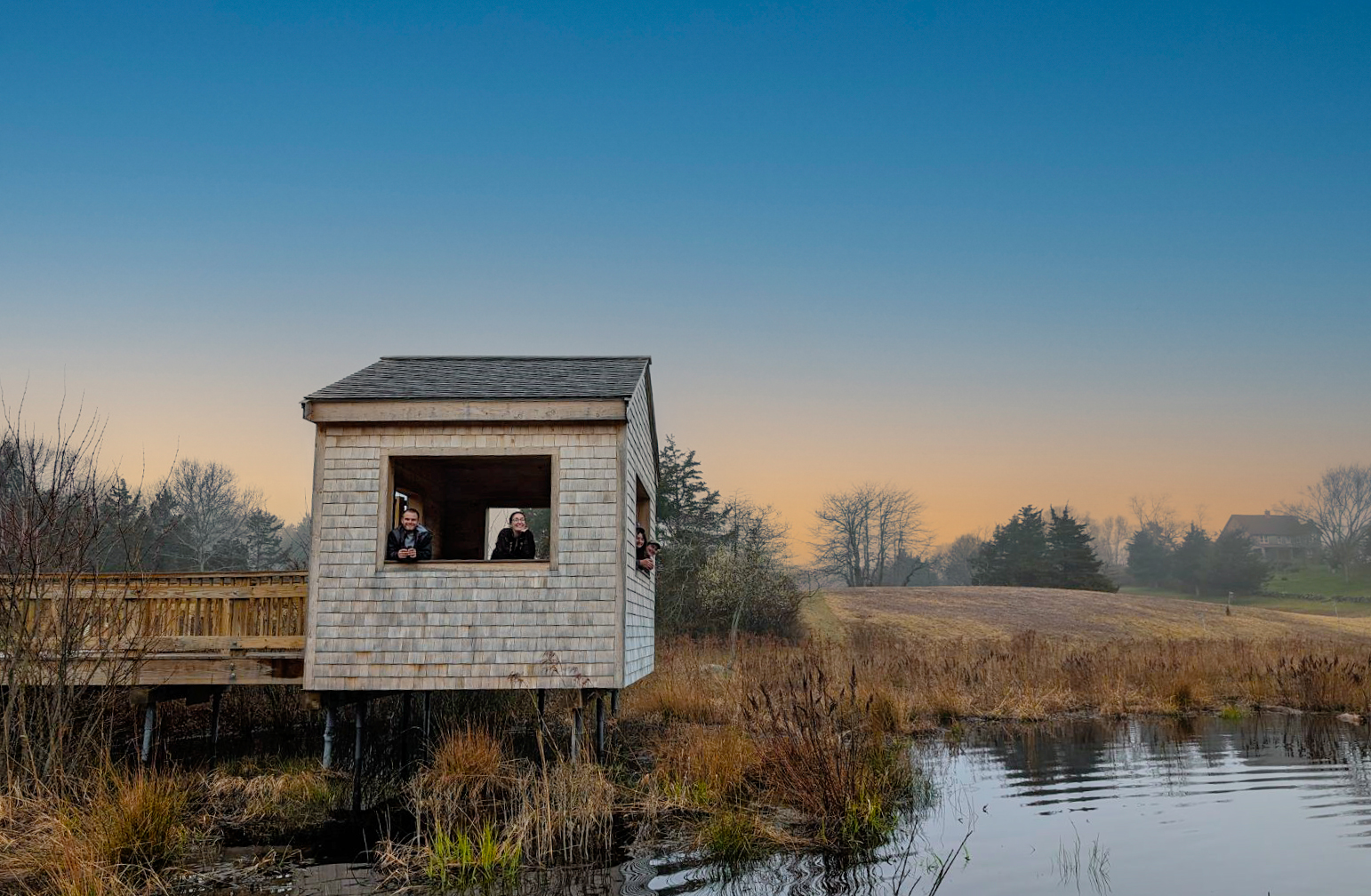This article was originally published by treehugger.com. The photo is © SFI – Moosehead Lake region in Maine. See the original article here.
The world’s forests already have a lot on their plate: Providing flood protection, drinking water purification, lumber, and recreation, plus habitat for about half the world’s mammals, birds, and insects. Forests absorb a third of the world’s annual carbon dioxide emissions from the burning of fossil fuels. And with some assistance from humans, managed forests may do even more to mitigate the effects of greenhouse gasses. Whether it is creating forests where they did not exist, reforestation on land where trees have been cut, or anticipating changing pest and disease pressure, improved forest management can be an effective way of ensuring forest health and sequestering more carbon in a changing climate.
Eric Walberg, Senior Program Leader for the Climate Services Program at the conservation organization Manomet, says forests in the western U.S. and Canada provide an example of how climate change and forest management decisions interact. “For many years, there was quite a lot of fire suppression and the forests became overstocked. The dense forest created optimal habitat for mountain pine beetles. The combination of forest stress created by drought and the warming climate, in conjunction with the overstocked conditions, led to a huge pine beetle outbreak and massive forest mortality. As a result, several forested areas in the west have now flipped from being carbon sinks to being carbon sources” said Walberg. Manomet is launching The Forest Climate Resiliency Project to better assess forest health and resilience to climate change and to share this approach with a broad range of forest owners and managers. The Project will involve augmenting forest monitoring to better track how climate is changing and how forests are responding. According to Walberg, “this approach will provide insight on how individual sites, with differing soils and conditions are responding to climate change. In turn, this will provide forest managers with insight on how to best account for a dynamic climate in their planning efforts.” With support from a Conservation and Community Partnerships Grant from the Sustainable Forestry Initiative (SFI), four locations in the northeast and southeast U.S. will soon be selected for three years of study. Project partners include four SFI Program Participants: Hancock Timber Resource Group, Lyme Timber Company, LandVest, and Resource Management Service, who will each host a study site. In addition, the Maine SFI Implementation Committee will serve as a resource in structuring and reviewing the work.
The project will begin with site-level monitoring work, establishing baseline conditions. In subsequent years, the focus will shift to a regional assessment of climate change and forest response trends and projections, and will then involve the inclusion of climate concerns in forest management plans. Through SFI program participants across North America, and Manomet’s Climate Smart Land Network, the aim is to disseminate this management framework as widely as possible among forest managers and forest owners. According to Walberg “Our hope is that this management framework will become an important element of maintaining healthy and productive forests against the backdrop of a rapidly changing climate.” The importance of managed forests is being recognized on the world stage. At COP21 in Paris, many governments included forest management as a principal way to meet their national commitments to this United Nations climate agreement.





 Back to all
Back to all